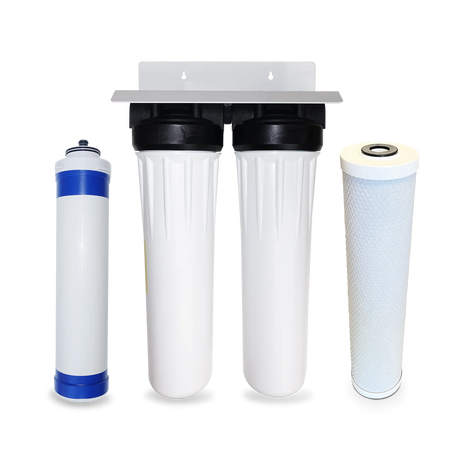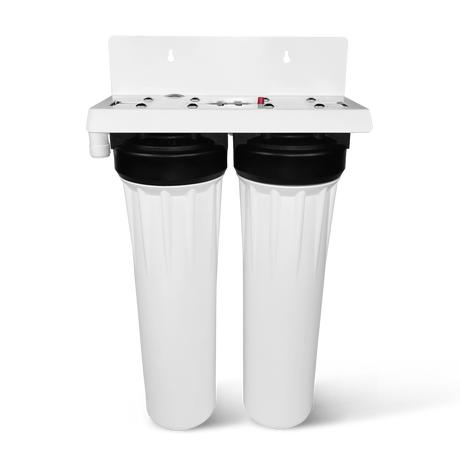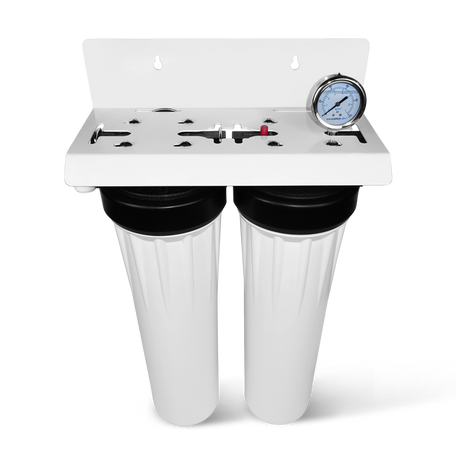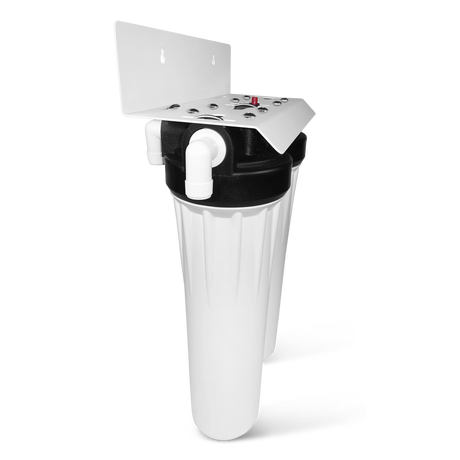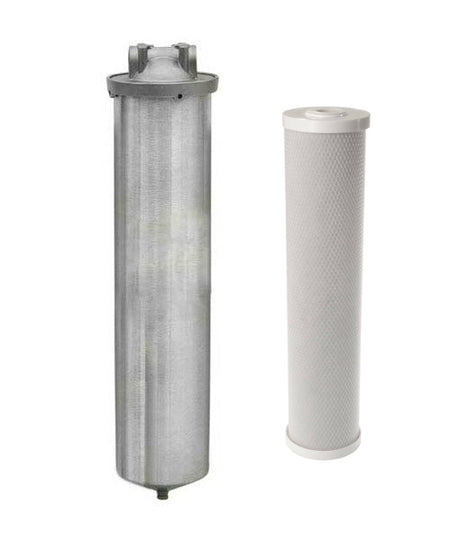How to Check Your Water Quality by Zip Code: EWG Tap Water Database

April 2021 Update
Important: The EWG Tap Water Database was last updated in 2021. While it still works to check your water quality by zip code, keep in mind the data only reflects 2021 or earlier. Water quality may have changed significantly since then, so your best bet is to contact your water supplier for the most recent water quality report.
Each year by July 1st, you should receive a Consumer Confidence Report (CCR) from your water supplier (also known as an annual drinking water quality report). Your CCR tells you where your water comes from, what's in it, and potential health risks.
Note: Just because your drinking water meets legal regulations, that does not mean it is safe. Legal ≠ safe. A sufficient water filter is the best way to protect yourself from harmful contaminants.
How do I check my water quality by zip code?
Contact your water supplier for the most recent water quality report. If you want to view historical water quality (2021 and before), visit the EWG tap water database and enter your zip code.
About the EWG Tap Water Database
The Environmental Working Group (EWG) Tap Water Database was launched in July 2017. It's an online innovation spreading awareness about drinking water quality in America, allowing people to check their tap water quality by zip code.
EWG is well-known for publishing data-driven research projects online. Their Farm Subsidy Database and Skin Deep Cosmetics Database attract tens of millions of visitors each year and have been hailed for affecting policy debates and the consumer market.
How Does the EWG Tap Water Database Work?
The database allows citizens to check their drinking water quality based on their ZIP code or local utility. Data is sourced from tests made by local and state utilities and reported to relevant state and/or federal authorities.
Unlike comparisons to legal limits set by regulation agencies, the EWG Tap Water Database is based on the most reliable, recent scientific findings. This means when you test your tap water quality by ZIP code, you're getting results free from political and economic compromises.
The database focuses on:
- Water contaminants detected in levels exceeding established health guidelines
- Relevance for vulnerable populations (infants, children, and pregnant women)
- Additional pollutants present in your drinking water
- Information on each contaminant and its common sources
Key Findings from the EWG Tap Water Database
The findings reported in the Environmental Water Group Tap Water Database are shocking:
- Nearly 50,000 individual water utility services across all 50 states were analyzed
- Drinking water used by an estimated 280 million US citizens contains dozens of contaminants
- Over 250 water contaminants were discovered during five years of research
- 160 of these contaminants have no legal limitations imposed
- 81% of utility services contained known carcinogens
Specific Contaminants of Concern
- Hexavalent chromium: Present in drinking water consumed by 250 million US citizens (77% of the population)
- Nitrate: 7 million US citizens are exposed to unsafe levels, linked to birth defects and other health issues
- Lead: 19,000 utilities have drinking water compromised by levels harmful to children
The State of American Drinking Water
The EWG Tap Water Database reports on 267 chemicals, with alarming statistics:
- 93 water contaminants are carcinogenic
- 78 are associated with brain and nervous system damage
- 63 can cause developmental damage in children and fetuses
- 38 are linked to fertility issues
- 45 cause hormonal disruption
- More than 160 of these chemicals have no legal limitations
The Environmental Protection Agency (EPA) hasn't updated their list of regulated drinking water contaminants in over two decades, making tools like the EWG Tap Water Database invaluable for understanding true drinking water quality.
Unanswered Questions and Concerns
Despite the wealth of information provided by the EWG Tap Water Database, several important questions remain:
- How do these contaminants enter our water supply?
- What are the safe levels for vulnerable populations?
- What unregulated chemicals are present in municipal water?
- Why is there a focus on keeping water treatment costs low instead of prioritizing public health?
The database aims to address most of these questions, empowering the public with information to drive change in regulation and utility infrastructure.
Legal Limits vs. Health Guidelines
There's a significant difference between legal limits and health guidelines for drinking water contaminants:
- Health Guidelines: Based on toxicological tests and a one-in-a-million cancer risk, as determined by the California Office of Environmental Health Hazard Assessment (OEHHA)
- Legal Limits: Based on the EPA's Maximum Contaminant Level (MCL), which considers health guidelines alongside treatment costs and contamination source regulations
Limitations of the EWG Tap Water Database
While comprehensive, the database has some limitations:
- It doesn't include all possible contaminants, only those required to be tested by municipal utilities
- It doesn't account for private wells, which aren't subject to the same testing requirements
- Some emerging contaminants, like GenX, may not be listed
Improving Your Drinking Water Quality
To enhance your drinking water quality based on the EWG Tap Water Database findings:
- Contact your water supplier for the most recent water quality report.
- Install a suitable whole house filtration system which will improve water quality for all your water for drinking, cooking, bathing, and appliance use.
- If your water has especially pesky contaminants that a whole house system cannot remove, consider a reverse osmosis system for your drinking water.
Not sure which water filtration system you need? We can help - please contact us.


